How to Train a Dog to Stop Barking at Delivery People
As a Certified Professional Dog Trainer (CPDT-KA), I’ve had the opportunity to help many clients with one common issue: dogs that bark excessively at delivery people. Whether it’s the UPS driver, FedEx courier, or the Amazon delivery van, it seems like some dogs just can’t help but raise the roof. But why does this happen, and more importantly, how can we stop it? In this article, we’re going to dive into some practical, effective techniques on how to train a dog to stop barking at delivery people.
Understanding Why Dogs Bark at Delivery People
Before we jump into the how-tos of training, it’s important to understand why dogs bark at delivery people in the first place. It’s often not just about being “annoyed” by the presence of a stranger—there are several reasons behind this behavior. When a delivery person arrives at your home, your dog might be triggered by the following:
- Protective instincts: Many dogs see their home as their territory, and when a stranger comes to the door, their natural instinct is to alert you and ward off the intruder. This protective behavior can often lead to barking.
- Fear or anxiety: For some dogs, the delivery person represents something unfamiliar or unpredictable, causing them to bark out of fear or anxiety.
- Lack of socialization: If your dog hasn’t been properly socialized with different people and situations, they might see every new face as a threat or something to be wary of.
- Reinforced behavior: If your dog has learned that barking causes the delivery person to go away or back off, they may continue this behavior as a learned response.
Once we understand the reasons behind the barking, we can start working on a solution to reduce or eliminate it. Now, let’s explore some techniques that can help.
Start With Basic Training: Setting the Foundation
Building Good Behavior from the Ground Up
When it comes to training any unwanted behavior, the first step is always to ensure that your dog has a solid foundation of basic obedience. Without these foundational skills, it will be much harder to get your dog to listen when it counts. Basic commands such as “sit,” “stay,” “quiet,” and “come” are key to establishing a level of control in your dog’s behavior. Here’s how to incorporate these commands into your training:
- Start with the basics: Begin by practicing basic commands regularly in a calm environment. Use positive reinforcement like treats and praise to encourage your dog.
- Introduce distractions gradually: Once your dog has mastered the basics, start practicing commands with mild distractions—like when someone rings the doorbell or knocks on the door. This will help your dog learn to focus on you even when there are distractions.
- Use high-value rewards: When reinforcing good behavior during these practice sessions, make sure to use high-value rewards, such as their favorite treat or a favorite toy. This makes the behavior even more desirable.
By ensuring your dog has these fundamental skills, you’ll be able to redirect their focus when needed, which is critical for addressing excessive barking. Plus, it sets a strong foundation for further training when it’s time to address the specific issue of barking at delivery people.
Desensitize Your Dog to the Delivery Person
Gradual Exposure to Reduce the Fear
Now that you’ve laid the groundwork, it’s time to help your dog become more comfortable with the idea of a delivery person approaching the house. This is all about desensitization—exposing your dog to the delivery person or situation in small, manageable steps so they can learn to stay calm.
Here’s a simple method to get started:
- Controlled exposure: The next time a delivery person arrives, position yourself and your dog in a controlled area, like a different room with a window where you can both observe the situation. This allows your dog to see the delivery person but from a safe distance where they are less likely to feel threatened.
- Positive reinforcement: While your dog is calm, reward them with treats, praise, or playtime. This creates a positive association with the delivery person arriving, helping them associate the situation with something good rather than something to fear.
- Gradual progression: If your dog starts to show signs of anxiety or barking, back up a step. Increase the distance between the dog and the delivery person. The goal is to slowly build up to being closer to the delivery person without the dog barking or becoming anxious.
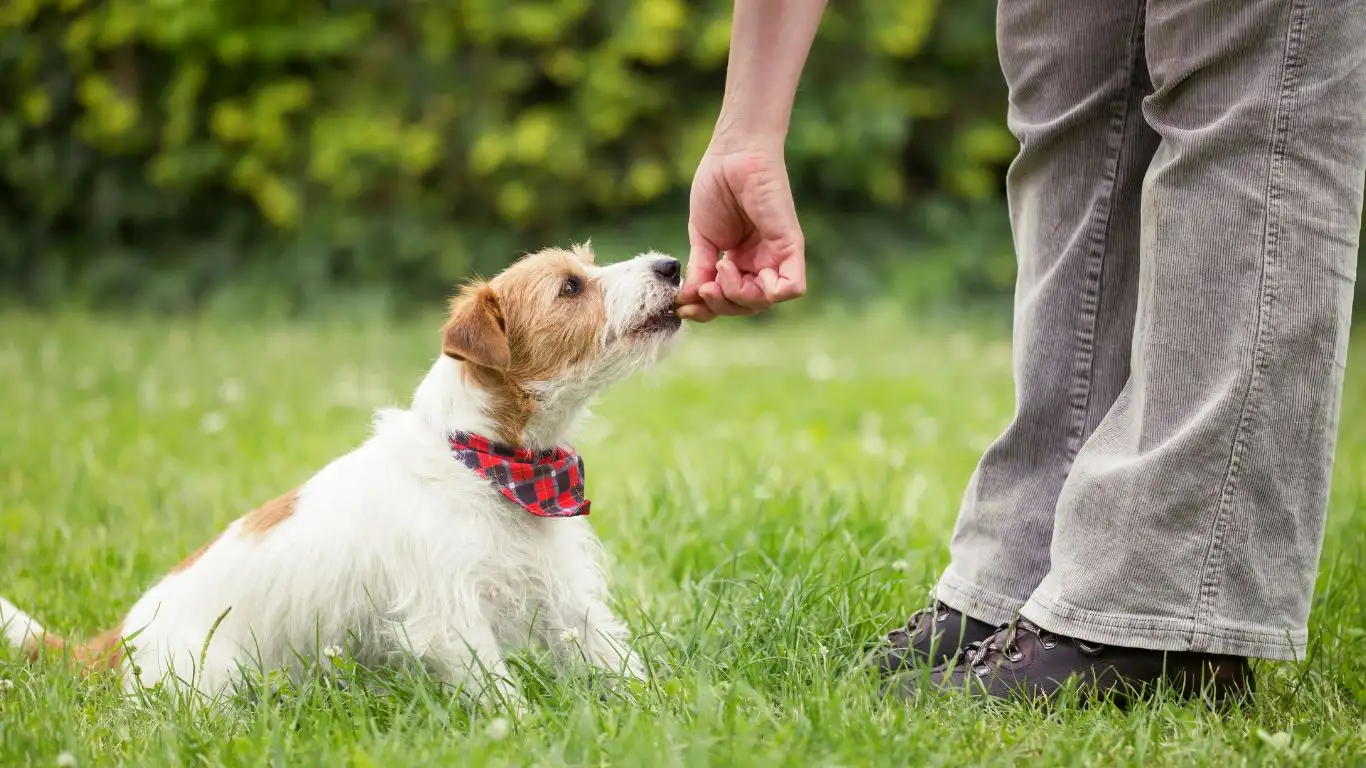
Eventually, with consistent exposure and reinforcement, your dog will begin to see the delivery person as less of a threat and may stop reacting with barking. It’s important to be patient here. This is a gradual process, and rushing it could cause more stress for your dog.
Train Your Dog to ‘Go to Your Spot’
Redirecting Energy and Focus
Another effective technique in addressing barking at delivery people is teaching your dog to go to a specific spot when the doorbell rings. The idea is to redirect your dog’s energy and attention to a designated “safe spot” in the house, such as their bed or crate. This gives your dog a clear alternative behavior to perform instead of barking.
Here’s how you can implement this training:
- Choose a spot: Pick a spot in your home where you want your dog to go when the delivery person arrives—this could be their bed, a mat, or a crate if they are crate-trained.
- Use positive reinforcement: Encourage your dog to go to this spot by using treats and a command like “go to your spot.” Reward them with praise or a treat once they reach the spot and settle down.
- Increase difficulty: Once your dog has learned the basic behavior, start practicing with distractions like ringing the doorbell or knocking. Be sure to reward them for going to the spot and remaining calm.
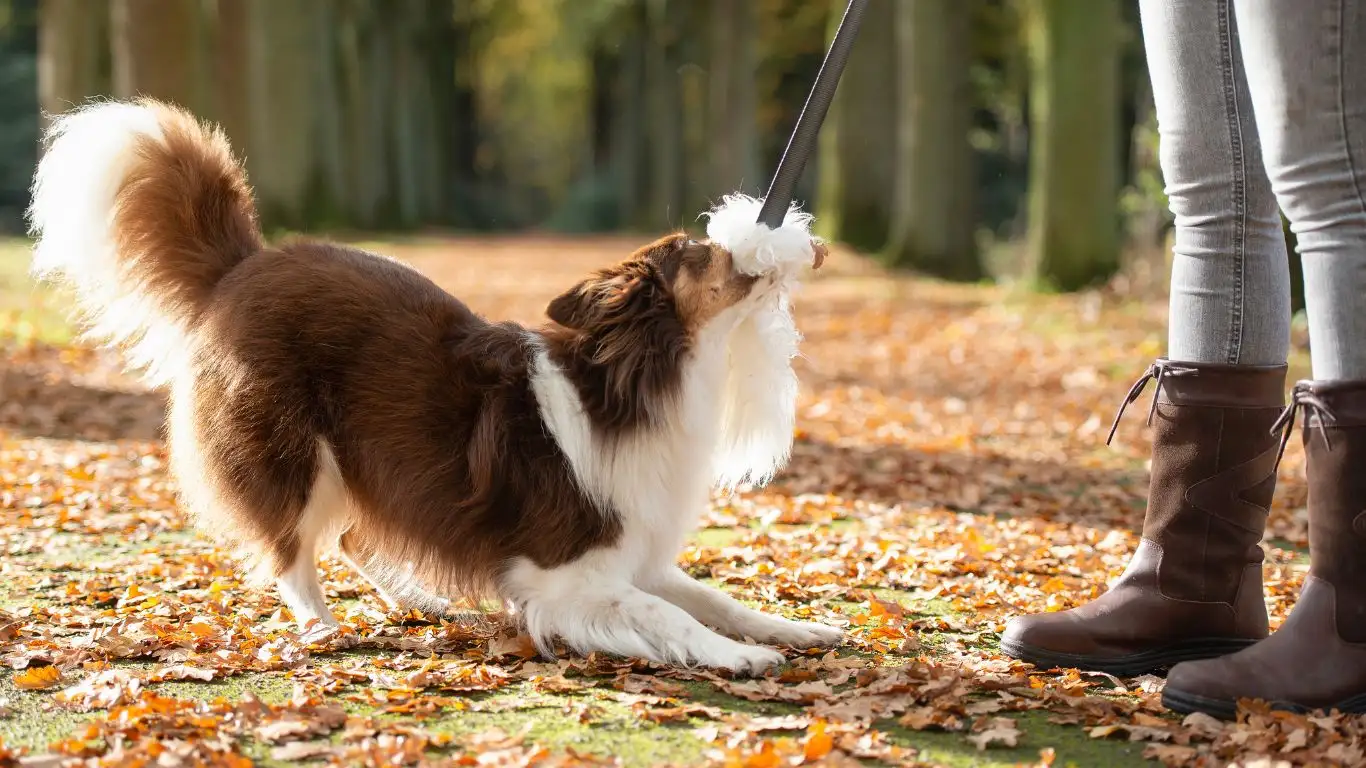
This technique helps create an alternative action for your dog, so instead of reacting with barking, they know exactly where to go and what to do. Over time, the behavior will become more automatic.
Use Counter-Conditioning to Change Your Dog’s Response
Changing the Emotional Response to the Delivery Person
As we discussed earlier, many dogs bark at delivery people due to fear, anxiety, or territorial instincts. One of the most effective ways to address this is by using a technique called counter-conditioning. This method works by changing your dog’s emotional response to the delivery person—transforming that anxiety or fear into something more positive.
Counter-conditioning can take time, but it’s extremely effective when done consistently. Here’s how you can start:
- Start with a calm setting: Begin counter-conditioning in a calm and controlled environment. This could be when you know a delivery is coming, but you’re not standing right in front of the door.
- Pair the presence of the delivery person with something positive: Every time your dog hears the delivery vehicle or sees the delivery person, immediately offer them something they love—whether it’s a tasty treat, a game, or a favorite toy. The key is that your dog should begin to associate the presence of the delivery person with something enjoyable.
- Increase the challenge gradually: Once your dog is consistently calm and receptive to the treats when they hear or see the delivery person, increase the level of exposure. Start bringing them closer to the door or the area where the delivery person approaches. Continue reinforcing calm behavior with rewards. Over time, your dog will begin to anticipate that good things come with the delivery person, rather than feeling anxious.
By pairing the presence of the delivery person with positive experiences, you’re effectively changing your dog’s emotional reaction to that trigger. They’ll start to see the delivery person as a neutral or even positive presence in their environment, rather than something to bark at or feel anxious about.
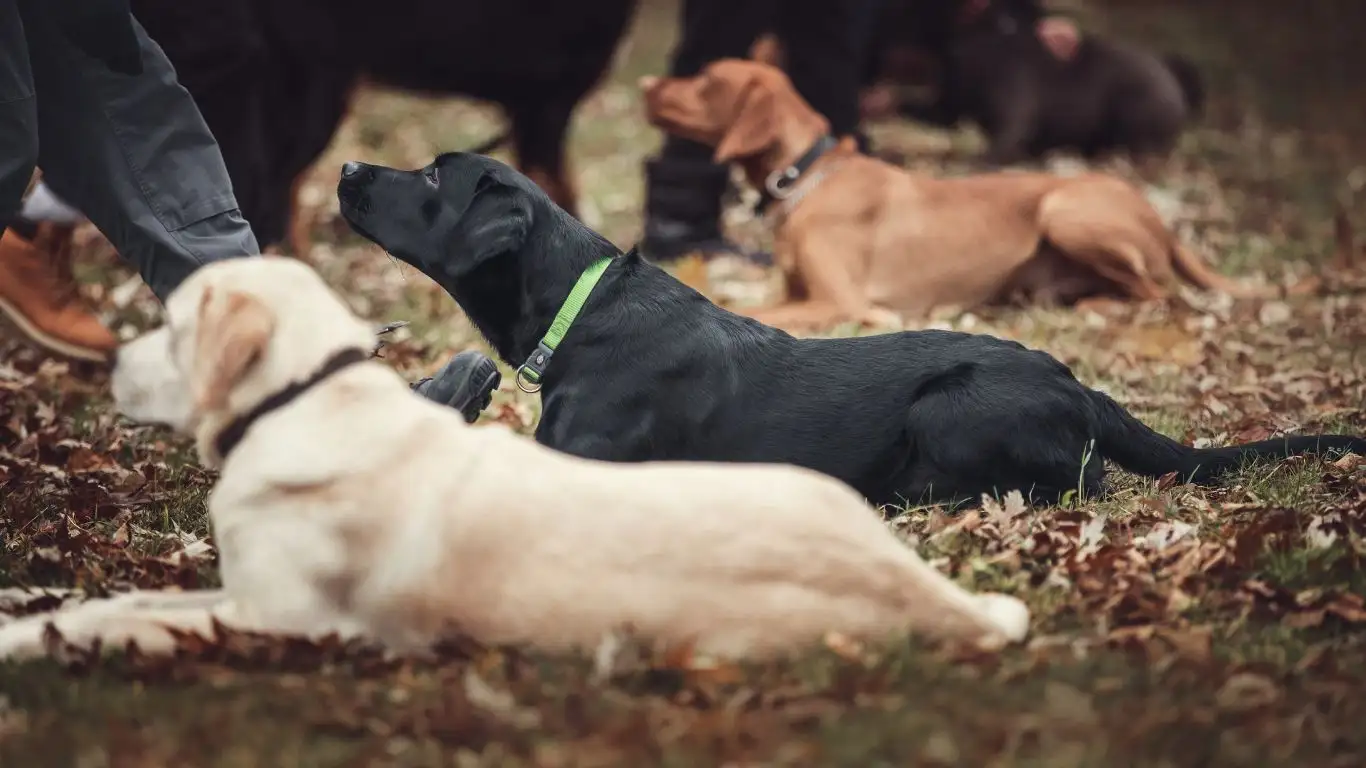
Implement a Consistent “Quiet” Command
Teaching Your Dog to Stop Barking on Command
One of the most effective ways to get your dog to stop barking at delivery people is by teaching them the “quiet” command. This simple but powerful command can help you take control of the situation and calm your dog down whenever they start barking excessively. Here’s how you can train your dog to stop barking on command:
- Start with “speak”: Before you can teach your dog to be quiet, you need to teach them to bark on command. Use the “speak” command to encourage your dog to bark. You can do this by knocking on the door or using another method that gets your dog to bark.
- Introduce the “quiet” command: Once your dog is comfortable barking on command, introduce the “quiet” command. When they start barking, say “quiet” in a calm but firm voice. The moment they stop barking, immediately reward them with a treat or praise.
- Reinforce the behavior: Practice this command regularly, both when there’s a delivery person at the door and in other situations. Over time, your dog will begin to associate the “quiet” command with stopping barking and receiving a reward.
- Be patient and consistent: It’s important to remain patient and consistent during this training. Dogs need time to learn that being quiet on command leads to positive reinforcement. If your dog barks but doesn’t stop right away, gently redirect their attention and repeat the “quiet” command.
This technique will be particularly useful when your dog starts barking at the delivery person. By having a clear command for silence, you’ll be able to stop the barking quickly and effectively. Consistency is key here—ensure that everyone in the household uses the same command and reward system to avoid confusing your dog.
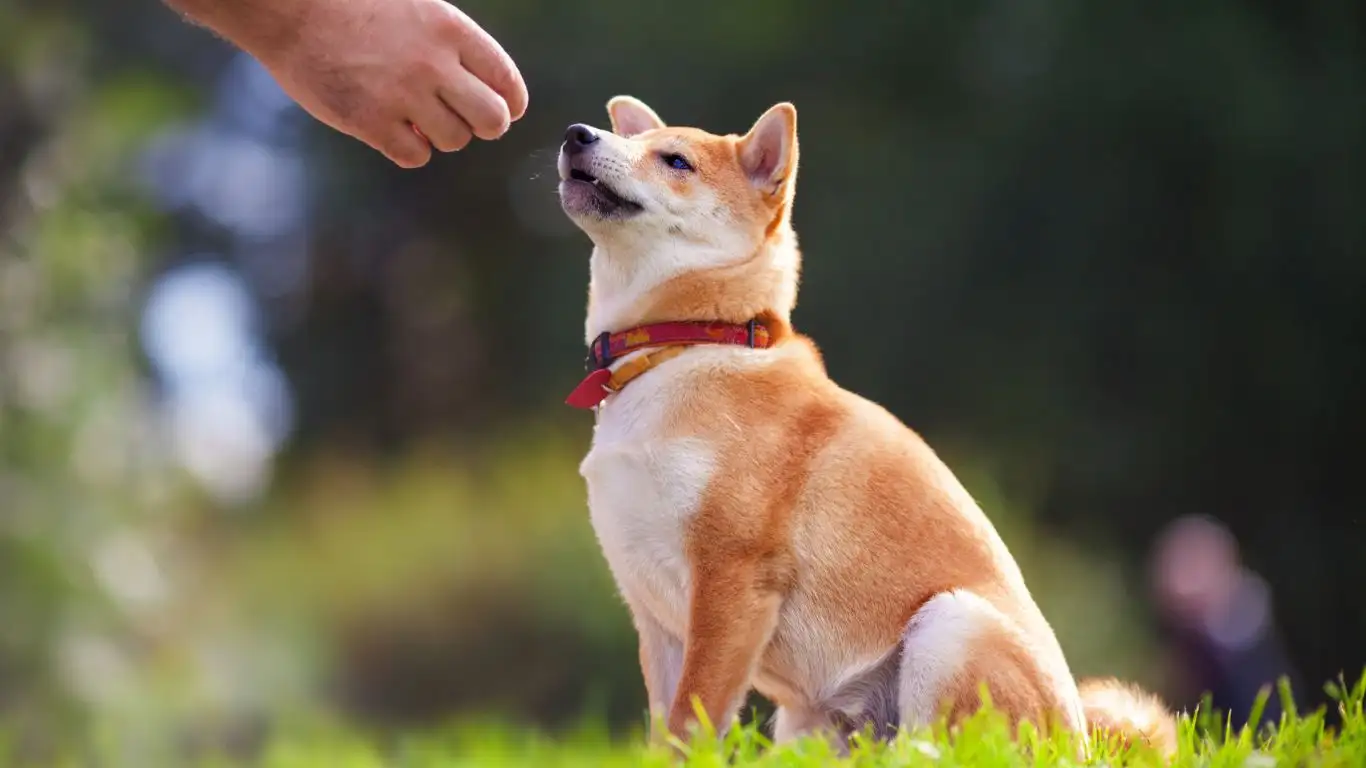
Redirect Your Dog’s Energy
Providing Positive Distractions
If you’ve ever had a dog that barks at the delivery person, you know that sometimes it’s just about redirecting that high-energy, anxious behavior into something more productive. A great way to do this is by providing positive distractions. Instead of letting your dog focus all of their energy on the delivery person, give them something else to do—something fun and engaging. This can help shift their attention away from the trigger (the delivery person) and onto something more appropriate.
Here are some examples of positive distractions you can use:
- Interactive toys: Toys that dispense treats or require problem-solving can keep your dog busy and mentally engaged. This can be especially useful during deliveries, as the toy will keep their focus on something enjoyable.
- Training sessions: Use the opportunity to reinforce other commands or tricks your dog knows. A quick training session will not only distract them but will also strengthen your bond and help them burn off energy.
- Exercise: Taking your dog for a walk or giving them a run before the delivery arrives can help tire them out. A tired dog is often a calm dog, and this can make them less likely to react by barking.
By redirecting your dog’s energy into something positive, you’re preventing them from focusing on the delivery person and making the entire experience less stressful for everyone involved. This technique, combined with the training methods discussed earlier, can create a calmer and more relaxed dog who no longer feels the need to bark at every delivery.
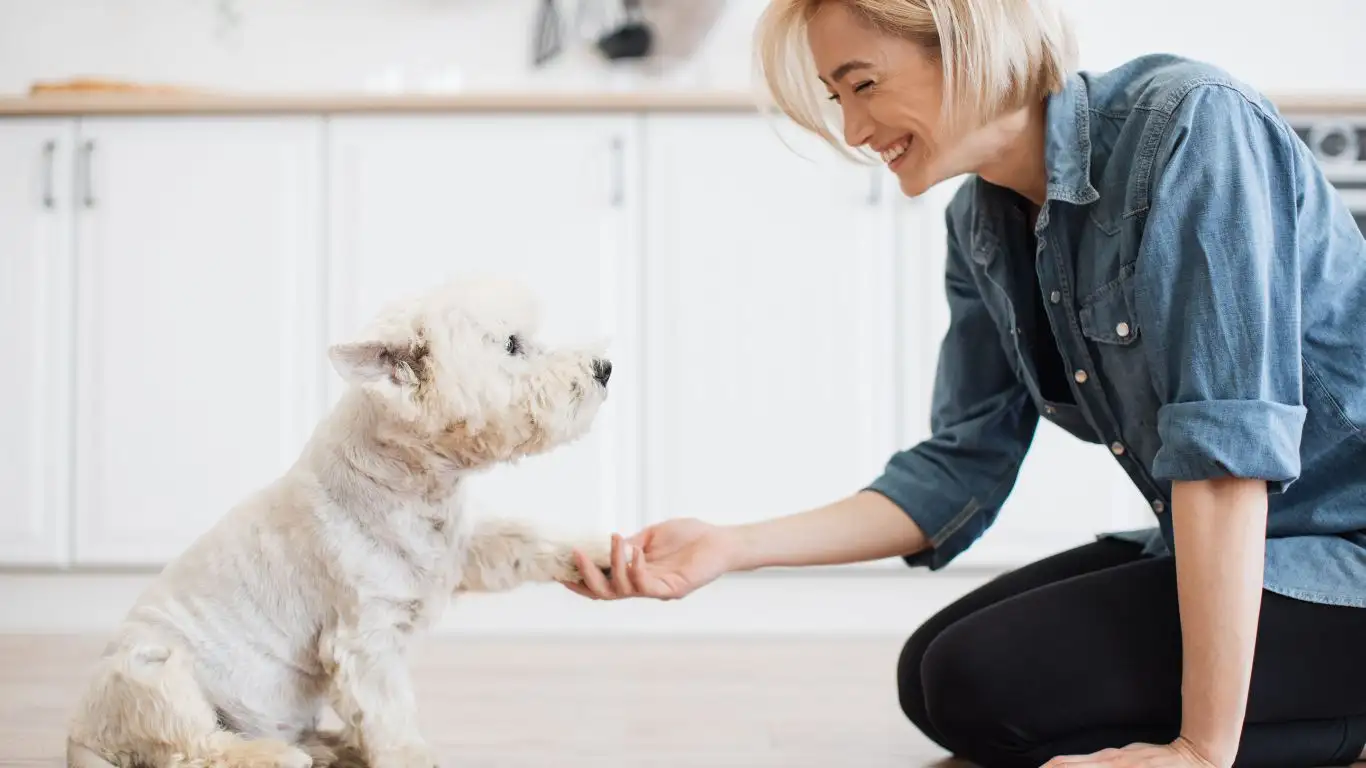
Remain Calm Yourself
Your Dog Feels Your Energy
Lastly, it’s important to remember that dogs are extremely in tune with our emotions. If you’re feeling anxious, stressed, or frustrated about the barking, your dog is likely to pick up on that energy and react accordingly. That’s why it’s crucial to remain calm and composed when your dog is barking at the delivery person. Here’s what you can do:
- Stay calm: When the doorbell rings or you hear the delivery truck, take a deep breath and stay relaxed. Your dog will take cues from your demeanor, so staying calm will help keep them calm.
- Don’t yell at your dog: Yelling at your dog will only increase their anxiety and make the situation worse. Instead, use calm, firm commands and maintain a composed attitude.
- Set an example: By staying calm and showing your dog that there’s no need to bark, you’re teaching them to do the same. Your calmness is a powerful tool in the training process.
Dogs look to us for leadership, so remaining calm and collected will help reinforce the training and ultimately reduce barking behavior.
Consistency is Key: Make Training a Routine
Why Regular Practice Matters
Now that we’ve covered the techniques for addressing barking at delivery people, one thing I can’t stress enough is the importance of consistency in training. Dogs thrive on routine, and when you incorporate the training strategies we’ve discussed into your everyday life, it helps reinforce the behaviors you’re aiming for. Consistency is what solidifies the progress, ensuring that your dog doesn’t revert to their old habits when the delivery person arrives. Here’s how you can make training a regular part of your routine:
- Practice daily: Set aside time each day to practice the commands and techniques we’ve covered—whether it’s the “quiet” command, desensitization, or redirecting energy. Consistent practice helps reinforce what your dog has learned and strengthens their ability to stay calm around delivery people.
- Be patient with setbacks: It’s normal for there to be some setbacks. If your dog barks at the delivery person after weeks of good behavior, don’t get discouraged. Take a deep breath and continue with your training plan. Dogs don’t always learn on the first try, and sometimes, they need a little reminder.
- Incorporate it into real-life situations: The key to effective training is generalization. Practice in a variety of settings—inside, outside, with different delivery people, or at different times of day. The more your dog is exposed to the training in real-life situations, the better they’ll be able to generalize and apply the behavior during deliveries.
By making training a regular part of your routine, your dog will start to see it as just another part of their day, and eventually, the barking at delivery people will become a thing of the past.
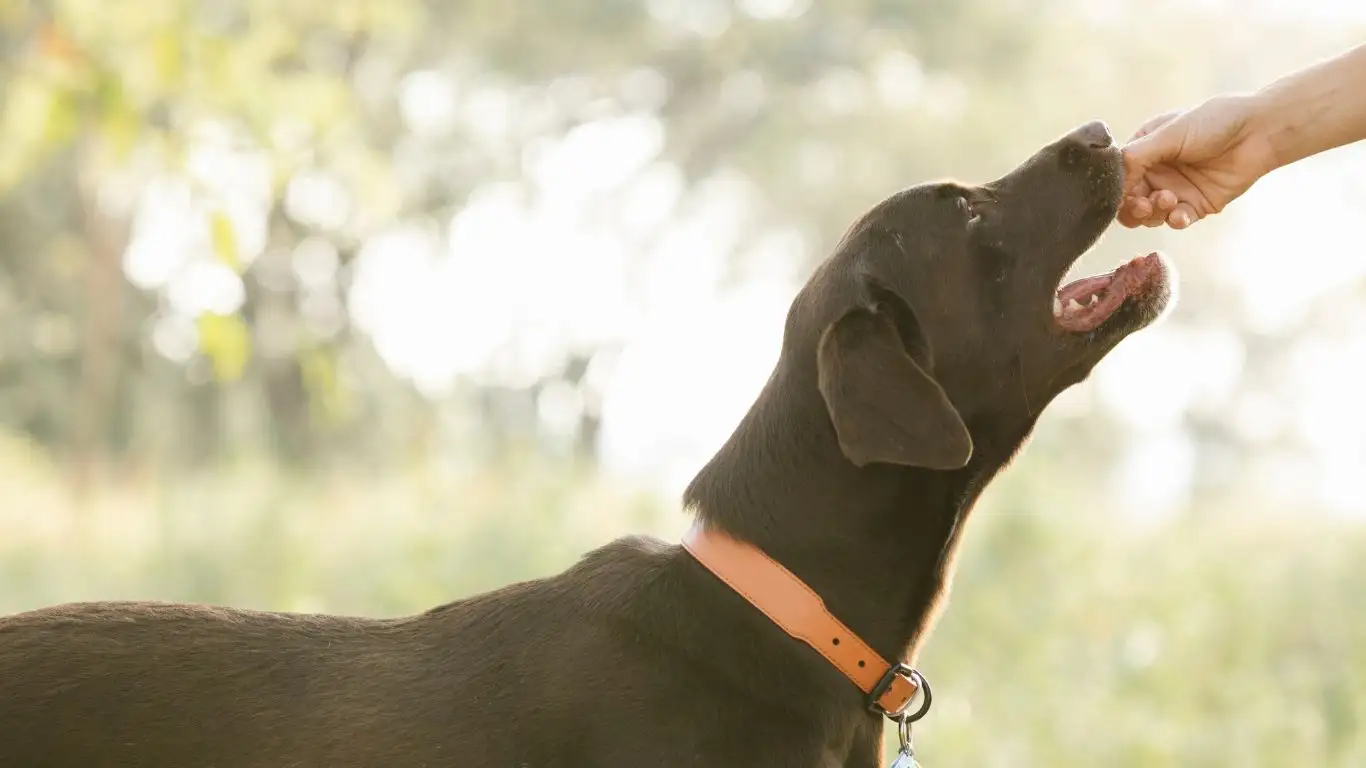
Manage Your Dog’s Environment During Deliveries
Creating a Calm Space
In addition to training, you can help your dog feel less anxious and reactive during deliveries by managing their environment. A calm and secure environment can reduce your dog’s stress and make it easier for them to remain composed. Here are some simple ways to modify your dog’s environment when a delivery person arrives:
- Use a crate or safe space: If your dog is crate-trained, consider placing them in their crate when you know a delivery is about to arrive. The crate should be a calm, secure space for your dog where they feel safe and comfortable. If you don’t use a crate, set up a designated “safe spot” in the house where your dog can go and relax.
- Close off rooms: Sometimes, just closing the door to a room where your dog can’t see the delivery person can be enough to reduce their anxiety. This works particularly well if your dog tends to bark at the sight of the delivery person or the sound of the doorbell.
- Keep a consistent routine: Dogs are creatures of habit. If you can, try to create a routine around delivery times. If you know a delivery is coming at a specific time of day, try to keep your dog engaged with a toy, puzzle feeder, or some other form of mental stimulation.
By controlling the environment during deliveries, you can minimize distractions and prevent your dog from getting too worked up. A calm and predictable environment allows your dog to focus on you and the training, rather than on the delivery person at the door.
Addressing Separation Anxiety During Deliveries
Is Your Dog Barking Out of Anxiety?
Sometimes, excessive barking at delivery people is a sign of separation anxiety. If your dog gets worked up when you leave the house and barks at every delivery, it might be because they are anxious about your departure. This can be a bit trickier to address, but with the right approach, you can help your dog feel more secure and reduce the barking.
If you suspect that separation anxiety is a factor in your dog’s behavior, here are a few things you can try:
- Desensitize to your departures: Practice short departures and returns to help your dog get used to being left alone. Gradually increase the length of time you’re gone, but make sure you’re doing this slowly and at your dog’s pace. Pairing these departures with positive experiences (like treats or toys) can help your dog feel more at ease.
- Provide distraction: Before you leave, give your dog something to do that will keep them occupied and distracted from your absence. Puzzle toys, treat-dispensing toys, and long-lasting chews can help engage your dog’s mind and prevent anxious behaviors like barking.
- Consider professional help: If separation anxiety is severe, it may be worth consulting a veterinarian or a certified dog trainer who specializes in anxiety-based behaviors. In some cases, professional guidance or medication may be necessary to help your dog manage their anxiety.
Addressing separation anxiety can take time and patience, but with consistency and the right strategies, you can reduce both your dog’s anxiety and the barking that comes with it.
Additional Tips and Considerations
Don’t Forget the Basics
While training is essential, don’t forget that your dog’s overall health and well-being play a big role in their behavior. If your dog is overstimulated or stressed in general, it may be harder for them to focus on training. Here are a few additional tips to help keep your dog calm and balanced:
- Ensure they get enough exercise: A dog that is well-exercised is less likely to bark excessively. Make sure your dog gets plenty of physical activity to burn off excess energy.
- Maintain a balanced diet: Nutrition plays a role in your dog’s overall behavior. A well-fed dog is more likely to be calm and relaxed, so make sure they’re on a nutritious, well-balanced diet.
- Routine check-ups: Regular visits to the vet ensure that your dog is in good health. Sometimes, excessive barking can be linked to discomfort or pain, so always rule out any medical issues that could be contributing to the problem.
When you address your dog’s physical and emotional needs in a well-rounded way, training becomes much more effective, and barking will naturally decrease over time.

References
Disclaimer: The information provided in this article is based on my professional experience as a Certified Professional Dog Trainer (CPDT-KA) and is intended for general informational purposes. Please consult a veterinarian or professional dog trainer for specific behavioral concerns or medical issues with your dog.






